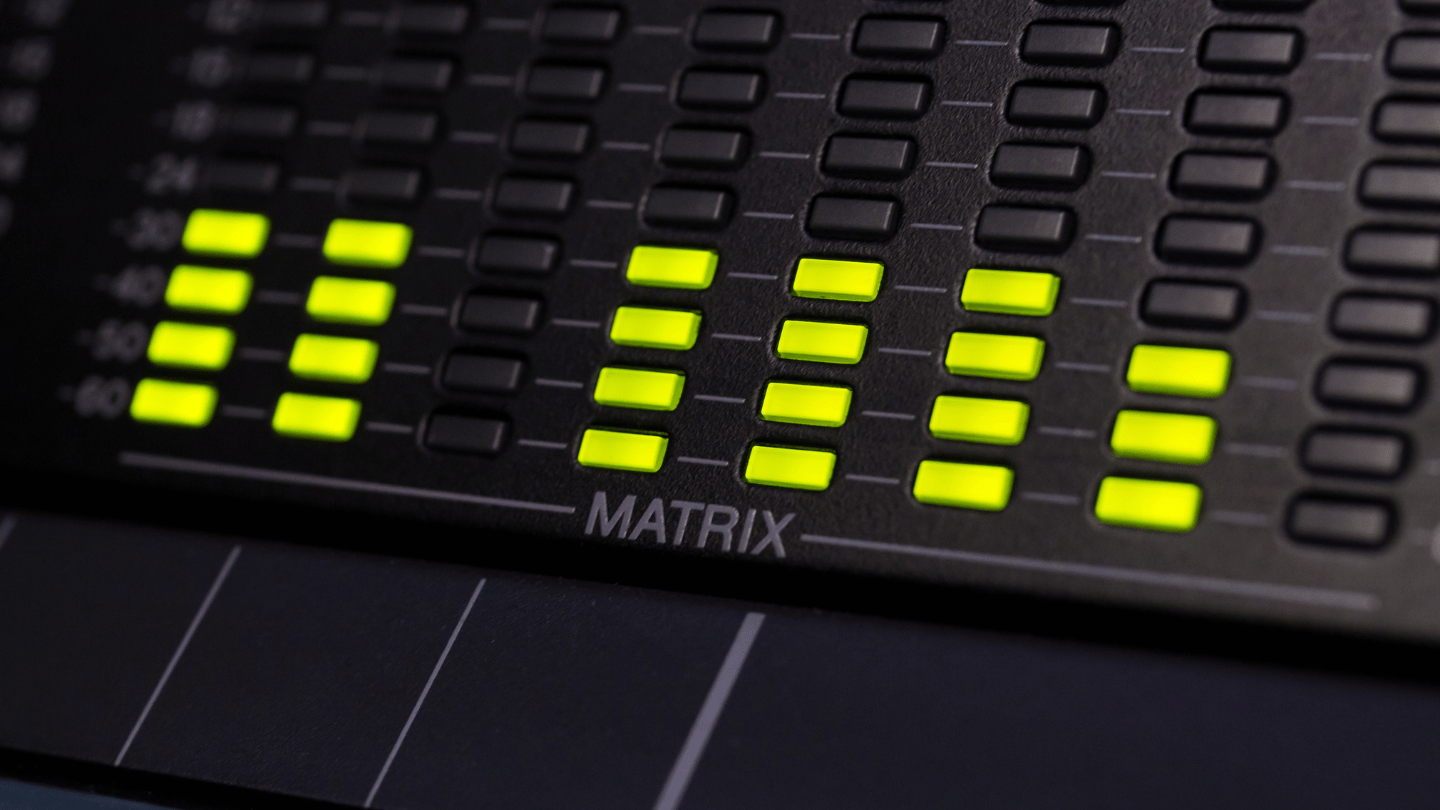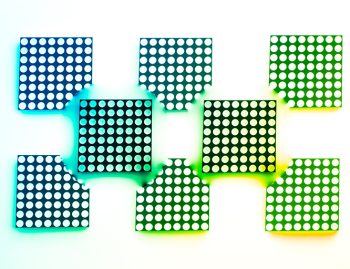
Light emitting diodes (LEDs) perform critical indication and functional illumination tasks in a wide range of products. They’re compact, robust, and highly efficient. They also offer significantly longer lifetimes than other light sources. That said, the definition for end-of-life for an LED is different than for other types of light sources and even other types of electronics. To develop effective systems, OEMs need to understand LED failure modes, lifetime ratings, and operational limitations.
The basics of LEDs
LEDs are semiconductor devices based on p-n junctions. When an n-type material (which has excess negative charges) is deposited next to a p-type region (which has excess positive charges), a depletion region forms at the junction. In the absence of power, this depletion region acts as an insulator. When the device is forward biased, current begins to flow, causing electrons to spontaneously cross the depletion region to recombine with the positive charges. In the direct bandgap materials used for LEDs, recombination releases energy in the form of a photon whose wavelength is determined by the bandgap of the material.
How are LED failure modes like those of other electronics?
LEDs are electronic devices and as such, are subject to a number of common failure modes. Sources of initial failures can include mechanical and thermal damage to the bonding wires and solder that connect the p-n junction to the device leads (see figure 1). Material stresses introduced during encapsulation can mechanically deform the structure. Electrostatic discharge (ESD) during assembly and handling can cause localized current spikes that can damage the p-n junction, preventing charge recombination and photon emission.

Figure 1: In an LED, a semiconductor die (the p-n junction) must be connected to the anode and cathode at the device by wire bonding (anode) and conductive solder (cathode). Manufacturing problems like improper handling and mechanical stressors can damage these connections, leading to initial failure.)
These types of failures generally occur during manufacturing and are typically addressed through process control and quality assurance. LEDs are subject to other types of failures that are unique to the devices, however. These issues need to be taken into account during the product development phase to ensure that finished systems meet performance and lifetime targets.
How do LED failure modes differ from those of other electronics?
LEDs incorporate different structures and operating principles than other diodes and other light sources. It makes sense that their failure modes are different, as well. LEDs don’t just operate until the day they fail catastrophically at start up. Instead, their luminous intensity gradually drops over time as a result of device degradation, particularly to the junction. If an LED is rated for a lifetime of 100,000 hours, that means that statistically, by 100,000 hours, the output of the device will have dropped to some manufacturer-defined level.
How can you optimize LED performance in your product?
1. Understand the data sheet
The most common metric used for defining LED lifetimes is the L70 point – the number of hours at which the output will drop to 70% of the initial value. That said, as anybody who has reviewed data sheets while trying to compare products knows, no two manufacturers define performance the same way. One may list output and units of luminous flux, another may show luminous intensity. Luminous flux may be the appropriate unit for general illumination applications, but luminous intensity is the correct metric to use for indication and functional illumination applications.
Choice of metric for lifetime testing is another way to game the system. Lifetime data may be based on the L50 point – dropping to 50% of initial output. This may result in a high lifetime rating but the device won’t support the application. Ask questions. Make sure you understand how they measure and define lifetime. It does no good to design a great product if rapid degradation causes your LEDs to reach the L70 point ahead of the rated lifetime of your product.
2. Pay attention to thermal management
Heat is a major contributor to reducing the lifetime of any electronic device, but it’s a particular problem for LEDs. Heat can degrade materials in the junction, interfering with charge recombination and reducing output more rapidly than expected. It can also damage the internal connections, leading to early failure.
Thermal management needs to start at the board level. For designs using multiple LEDs, aluminum-based PCBs can improve heat dissipation. Light pipes can make it possible to separate the LEDs from other board components that produce excess heat. Don’t forget that the ambient temperature for the application can also impact LED performance and lifetime. Work with your vendor to specify a device rated for environmental conditions.
3. Don’t exceed maximum current levels
As already mentioned above, high current can damage the LED material. Most devices can tolerate overcurrent conditions for very brief durations, particularly when protected by pulse-width-modulation (PWM) drivers. This shouldn’t be an ongoing strategy or device lifetime will suffer. Be sure to specify an LED that is rated to produce the desired output. Avoid the temptation to buy a less expensive device and overdrive it.
Getting a successful product to market starts with choosing the right LED and effectively integrating it into your system. Be sure that you understand the numbers listed on the datasheet and don’t be shy about asking them for data that will help you compare among devices (and manufacturers). Ensure that your design and application fall within the operating requirements of the LED. Most of all, take advantage of the expertise of your vendor to ensure that your LEDs design provide the performance and lifetime to support your product.
Leave a Reply Cancel reply
You must be logged in to post a comment.









